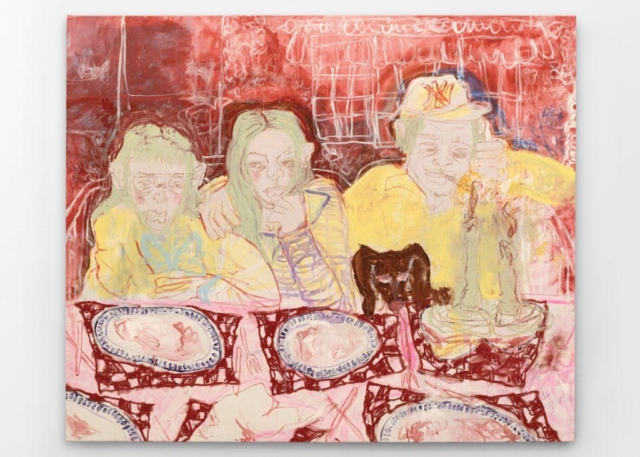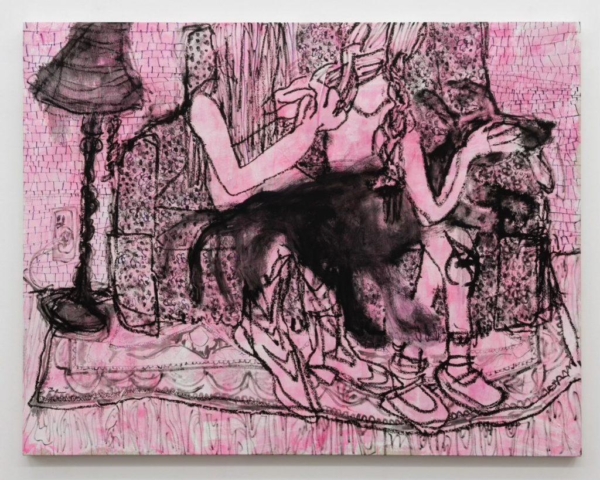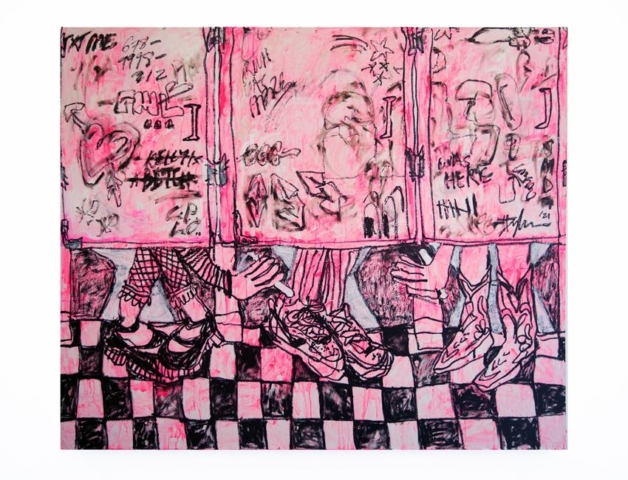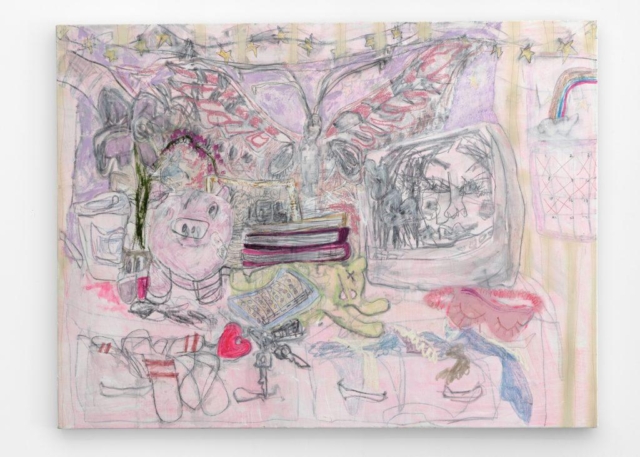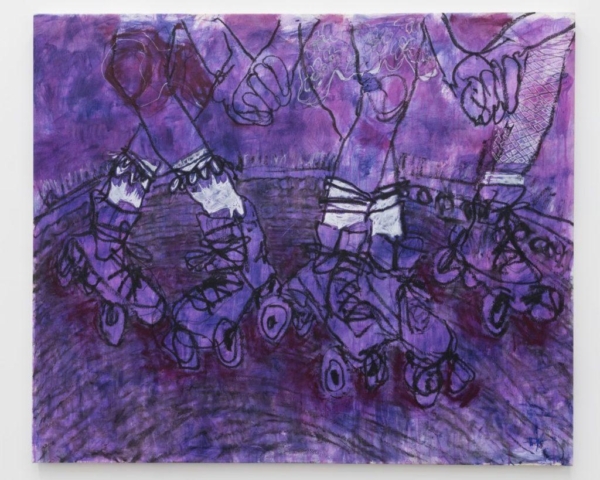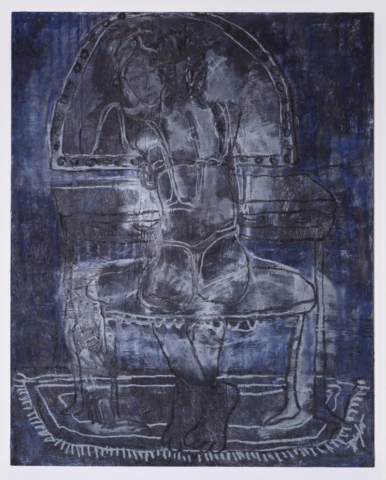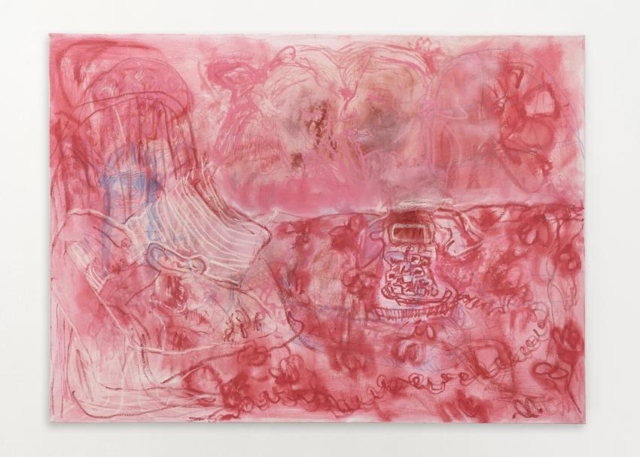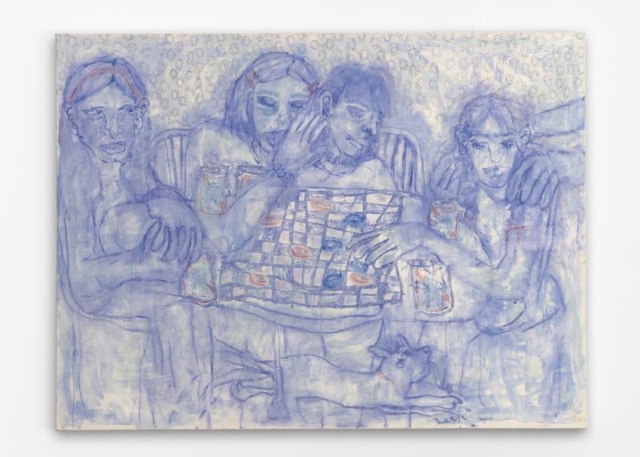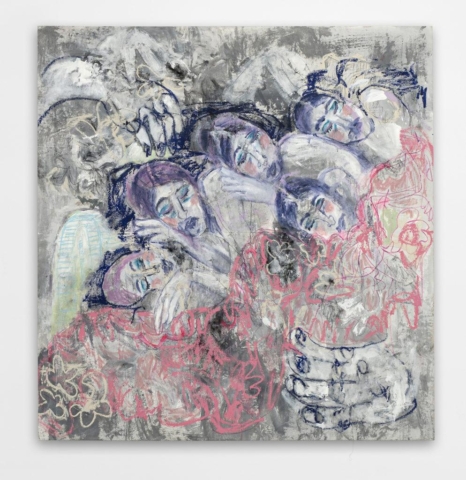Dylan Rose Rheingold
Interview by Jimon
1-Where did you grow up and how did that affect you as an artist? I’m from NYC but I was raised in a suburb close to the beach on Long Island. The town was predominantly Irish catholic. I don’t think I fully realized it at the time but being raised in a very homogenous environment which I felt disconnected from, subconsciously caused some degree of assimilation. I was never ashamed of my Japanese & Jewish roots but I definitely did not explore them until I got to college and found myself surrounded by huge degrees of diversity and new friends from all different backgrounds, nationalities, religions & interests.
2-What is your earliest childhood memory of making art? I have been drawing from as early as I can remember. Both of my grandmothers were creative. My Obachon was always sewing quilts, tapestries, stuffed animals or clothing for myself and my sister, while my other grandma was a sculptor. I think those influences definitely encouraged my drawing from a young age, having elders around you who support art is not always the norm so I’m very grateful for that.
3-What did your path to becoming an artist look like? My path to being an artist never felt like a conscious or active decision. I feel like it wasn’t a choice. I had anxiety in elementary school & started taking art classes on the weekends at a local studio in my town. Drawing felt like an escape for me and this feeling or obsession has only strengthened from then on.
4-How does New York affect the art you create? Being in a space with so much going on, simply forces exposure. It breaks open your comfort zone whether you like that or not. I consider myself to be an extremely curious person per say, so an environment like New York, a city that’s always moving and unlike any other, I’m constantly learning and questioning aspects of life. I get a lot of ideas on the train, I think from commuting all of these years either back and forth on the LIRR or the subway.
I recently saw some early drawings of Alex Katz from his retrospective up now at the Guggenheim from his commute back in his 20s on the LIRR & subway going to and from queens to the east village and it felt so special.
5-Do you think attending art school has helped your process and how? Very much so. I’m super grateful for my peers/classmates/ friends during my year. The faculty, critique classes and mentorship meetings I was able to get into. I know graduate school or college in general is an enormous privilege, and not the right path for everyone, but in my case in particular I felt like my graduate experience was a two year total independent study. SVA has an interdisciplinary program so being able to gain perspective from all different sorts of visual artists and not just painters was also invaluable.
6-How would you describe your art? I’m a painter with a drawing practice. Through many layers of mixing acrylic, oil, pastel, china marker, regular marker and sometimes more, I’m sort of building a bridge between abstract figuration and surrealism, but I wouldn’t consider myself to be in conversation with solely portraiture. I find it extremely difficult to label my style to be frank, but I myself have many layers just like my works do.
7-If you could have one of your pieces at any museum in the world, where would it be? MASS MoCA
8-What emotion do you expect to be on people’s faces when they look at your art? That really depends on the person and the piece. My work definitely is not everyone’s cup of tea & I don’t make it to mass appeal in that way. Being that my narrative isn’t linear I like people to take in the work as a whole and soak in the collective, not over analyze only 1 or 2 individual pieces as there is such a wide range of emotion being explored within such vulnerable years between girlhood & womanhood.
9-Do you have motto on how to live life? Uhh, probably One day at a time or Mind your business.
10- What influences you as an artist? Story telling. Otherness, day to day life, trying to make sense of the world, trying to understand why people want to feel accepted and who has control over that access. I’m constantly questioning, confronting, answering, mimicking & commenting on situations of life that may lack meaning in terms of the heaviness they hold.
11-Do you have a place/person/thing that you visit for inspiration? I get a lot of inspiration when I’m commuting on the train, before I go to bed, on a long car ride. In spaces where I can be alone with my thoughts and just think. For the same reason I enjoy frequenting museums or reading books.
12-When you are not painting where would someone find you? When I’m not in the studio I like to spend my time going to old movie theaters, galleries, or other types of performance spaces.
13- How do you describe success as an artist? “ When you’re in the studio painting, there are a lot of people in there with you – your teachers, friends, painters from history, critics… and one by one if you’re really painting, they walk out. And if you’re really painting YOU walk out.” – Philip Guston
14- Name three things you can’t live without in your studio? -my speaker, my stack of books & my sketchbook
15- If you could have dinner with 4 artists living/dead who would be at your table?
Living:
- Tracey Emin
- Katherine Bradford
- Marlene Dumas
Dead:
- Philip Guston
- Bill Traylor
- Shigeko Kubota
- Mike Kelley
16-How would someone find you on Social media? Instagram @dylanrose_rheingold
17-Please name the first thing that comes to your mind while reading the following:
Art= trying to find the answers
Food= Italian
Sports= no thanks
Politics=murky waters
Sex=love
Luxury=perspective
Poor= sad
Rich=small dogs in fancy coats
God=heaven
Religion=barriers
Picasso=portrait of a woman in a hat
Afterlife=karma
Back to List